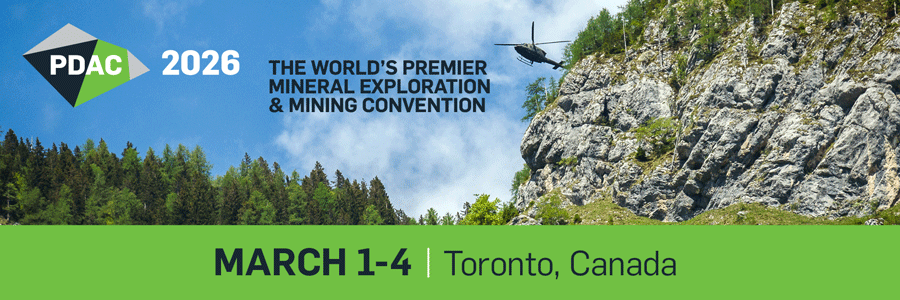Latest Interviews
“Some argue that government investment in public companies starts to resemble the state-owned model we want to avoid, but the reality is that bringing supply and production back to North America requires government support.”
64044
“We aim to introduce full autonomous and digital solutions, including battery and fossil-free equipment, aligning with Vision 2030 and driving long-term competitiveness in Saudi mining.”
64037
“Saudi Arabia is exceptionally well-positioned to become a central hub in the global critical minerals supply chain.”
64025
“AI is integrated into nearly every aspect of our operations, from scheduling and project budgeting to labor planning and site logistics.”
64021
“Mines are technologically interested and motivated to learn about drones, but are still cautious about proper integration and have workforce considerations.”
64016
“Lithium’s rise and the Vicuña copper discovery have placed Argentina back on the global mining map.”



